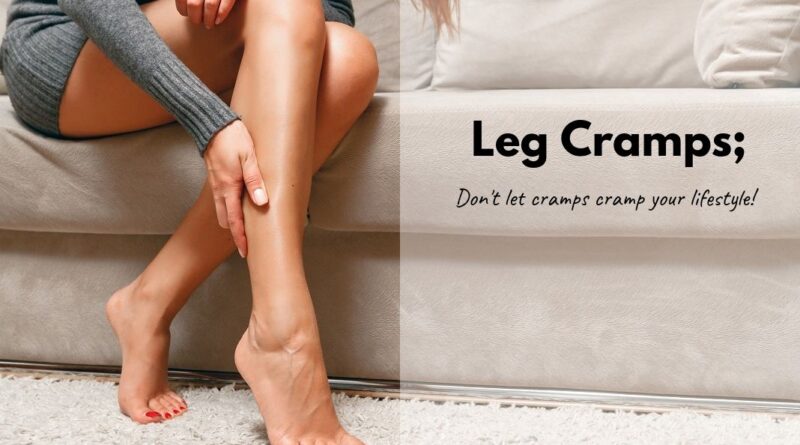Treat Leg Cramps Naturally with These Science-Backed Remedies
Nowadays, leg cramps are common, around 6% of the American population gets affected due to it, according to NCBI (1). These cramps generally affect the feet, thigh, or calf muscles. Cramps are harmless most of the time, but they are also painful and can make it difficult to use the affected area.
Leg cramps are of many types and are generally self-treatable, while chronic leg cramps require extra medication or supplements. The cause for leg cramps is challenging to understand, though they can also be linked to a disorder, like diabetes or thyroid.
Table of Contents
What Causes Leg Cramps?
A muscle cramp is caused by involuntary contractions of the muscles. Apart from a sudden pain in the muscle, you may also feel a lump of muscle tissue in the area. Exercise-associated muscle cramps are the most common types of leg cramps, according to Sports Health (2). Your muscles require sodium, potassium, and calcium for proper contraction, and a deficiency in these nutrients could also cause cramps.
There are various other reasons for a leg cramp, such as due to an injury, overused and tired muscles, or strained muscles. A daily activity, for instance, shoveling, can also lead to a muscle cramp. The best way to get rid of leg cramps is by staying hydrated and doing stretching exercises.
Leg cramps are usually harmless, but you should see a doctor if your cramps are accompanied by swelling or redness, cause severe discomfort, or continuously occur without reason like heavy exercise or side-effects of medication.
How To Stop Leg Cramps Using Natural Remedies
- Home Remedies
- Alternative Treatments
- Essential Oils
- Supplements
- FAQs
Did You Know!
| Leg cramps aren’t always a result of some health condition. Dehydration or strenuous exercise can also cause leg cramps. |
Cure 1: Home Remedies for Leg Cramps
You can get a leg cramp during a workout or if your muscles were frozen in one place for too long. Here are some home remedies to treat leg cramps and help you relieve the pain.
1. Cherry juice
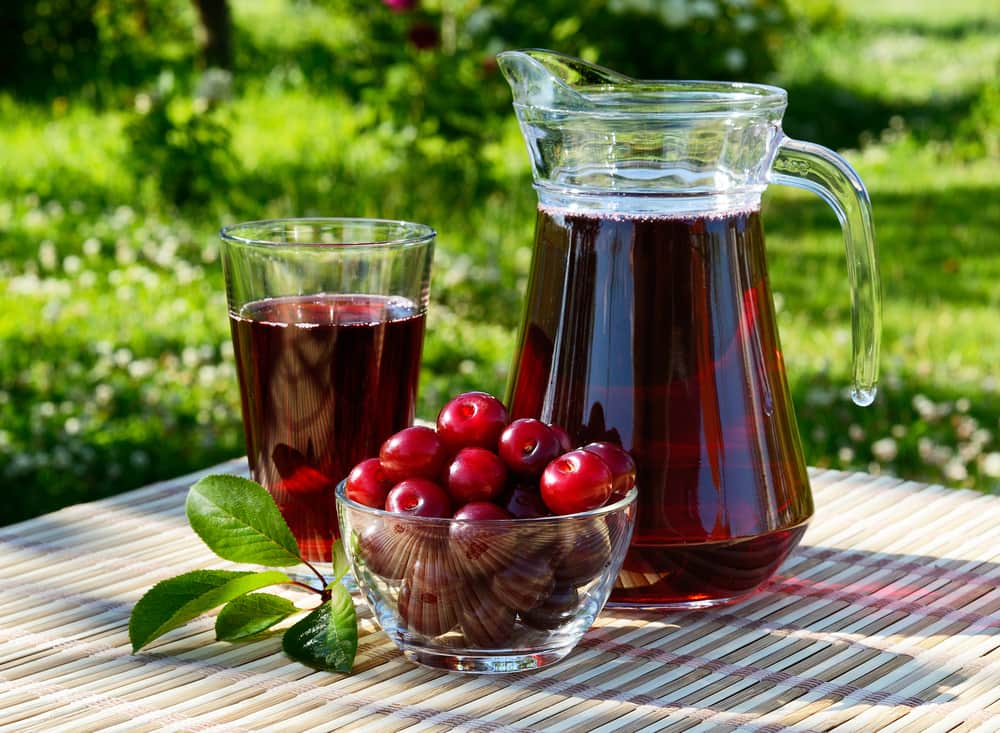
Runners or people who go for marathons commonly get leg cramps since their muscles are under a lot of stress. Studies (3) have shown that a glass of cherry juice post a vigorous workout can reduce inflammation and prevent muscle pain. Cherry contains natural antioxidants and anti-inflammatory properties that help soothe your muscles and prevent spasms.
2. Leafy Greens and Nuts
Just like your bones, your muscles also need calcium to function properly. This nutrient aids in smooth muscle contraction, including heart, blood vessels, or intestines. Calcium can be abundantly found in leafy greens vegetables, so it’s an excellent choice to include them in your daily diet.
Nuts like almonds are also a good source of calcium. A deficiency in calcium can cause impaired muscle contraction. Vitamin D deficiency is also a common cause of leg cramps. Eggs and fish can help you get this vitamin.
3. Heat pad
When you get leg cramps, your muscles involuntarily tighten. Applying a heating pad to the muscles can help alleviate the pain and soothe the cramping muscles. Taking a warm bath can also help relieve the muscles. Applying a cold compress to the area to also reduces the pain.
Cure 2: Alternative Treatments For Leg Cramps
1. Yoga For Treating Leg Cramps
Yoga can help induce calmness and relaxation, which is what your leg cramps need. It also improves your overall health and strengths muscles. Here are some yoga poses to prevent leg cramps.
A. Zen pose:
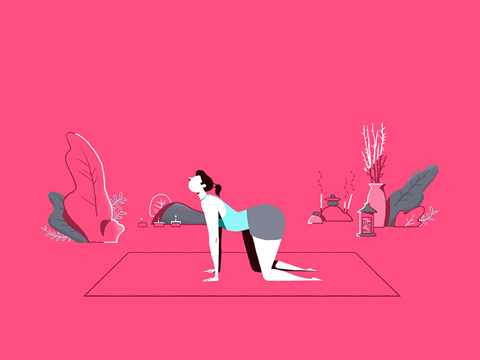
This is a beginner’s yoga pose that is easy to perform. With your hands on your lap, sit cross-legged on the floor. Keep your back and neck straight. Now inhale and exhale 5-10 times. This pose helps relax your body and facilitates blood circulation, which can help reduce leg cramps.
B. Corpse pose:
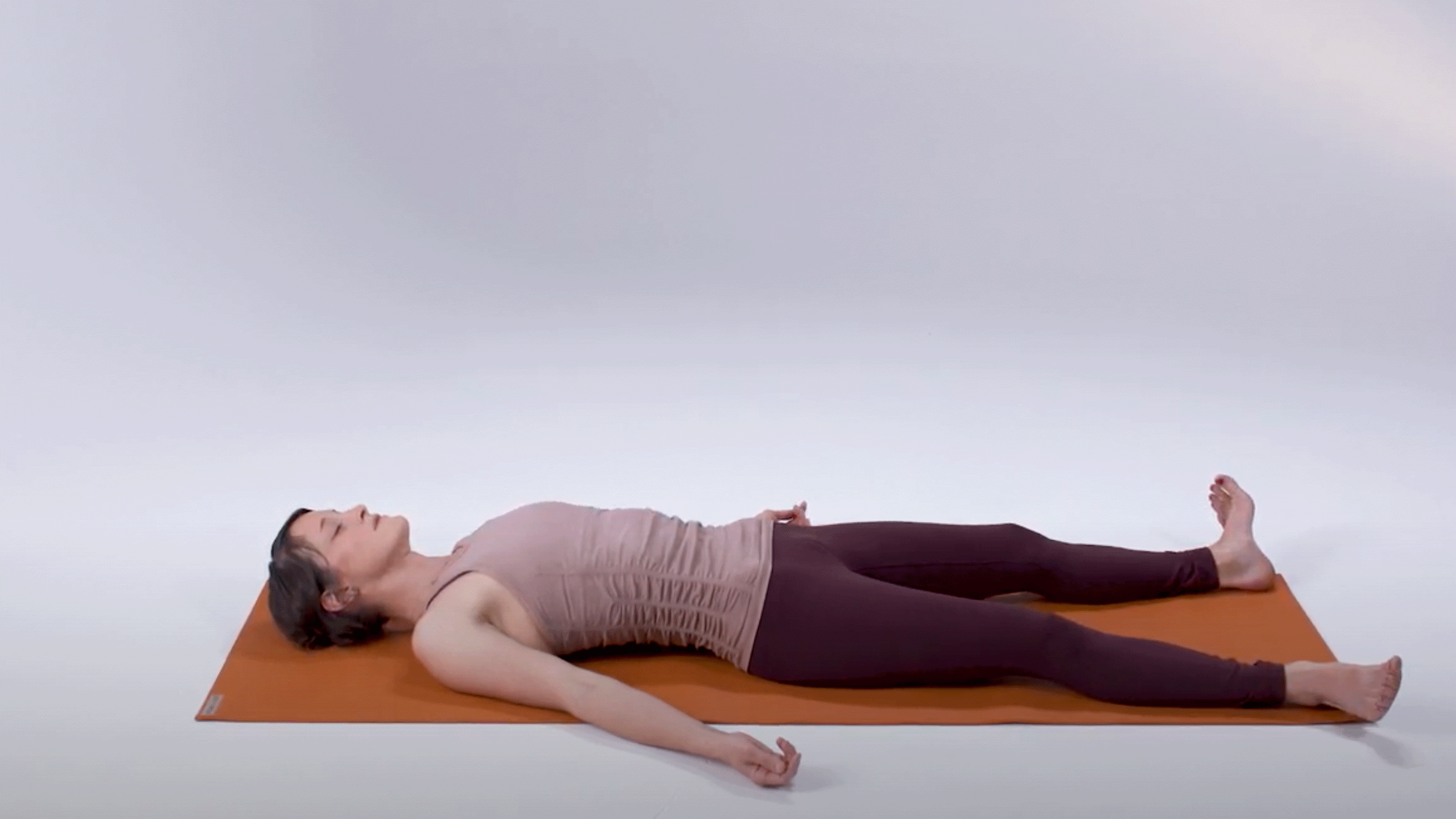
Another relaxing pose, the corpse pose is also relaxed to practice and helps relax your muscles. Just lie on your back with your arms at your sides and legs straight. Try to relax your mind and clear all thoughts when practicing this pose.
C. Palm tree pose:
This pose stimulates your nervous system and helps control muscular movement. To practice the palm tree pose, take a deep breathy, and raise your arms straight above your head. Then as you exhale, slowly go up on your toes. Keep your arms and legs straight. Hold the pose for 10 seconds then slowly lower your arms and come down on your feet.
2. Stretching For Leg Cramps
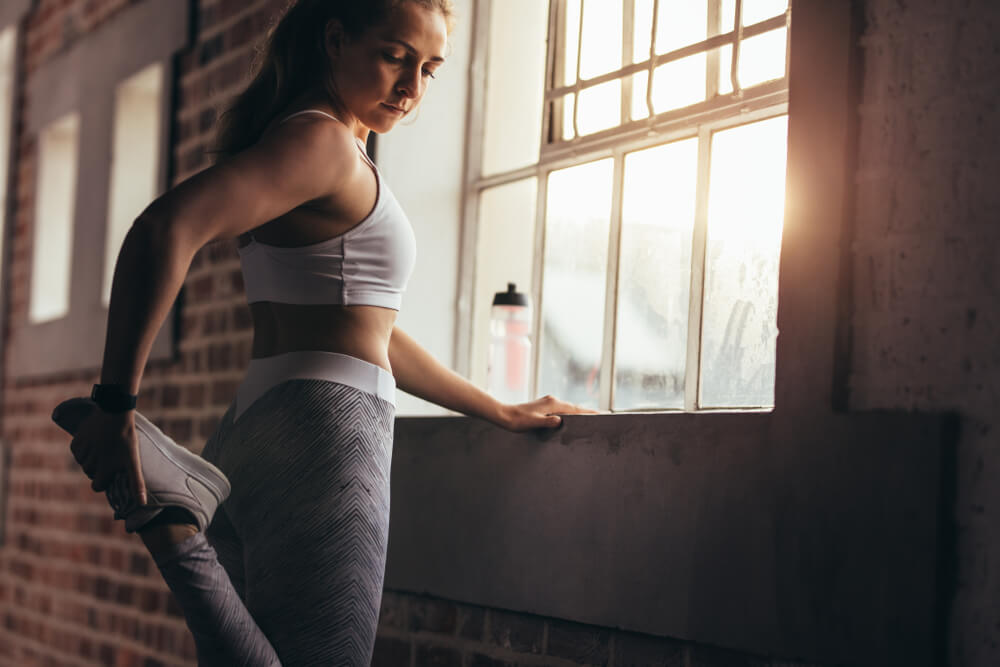
If you experience constant leg cramps, doing some stretching exercises can help you reduce the muscle contractions. If you experience leg cramps at night, do these exercises right before bed to avoid them.
A. Standing calf stretch:
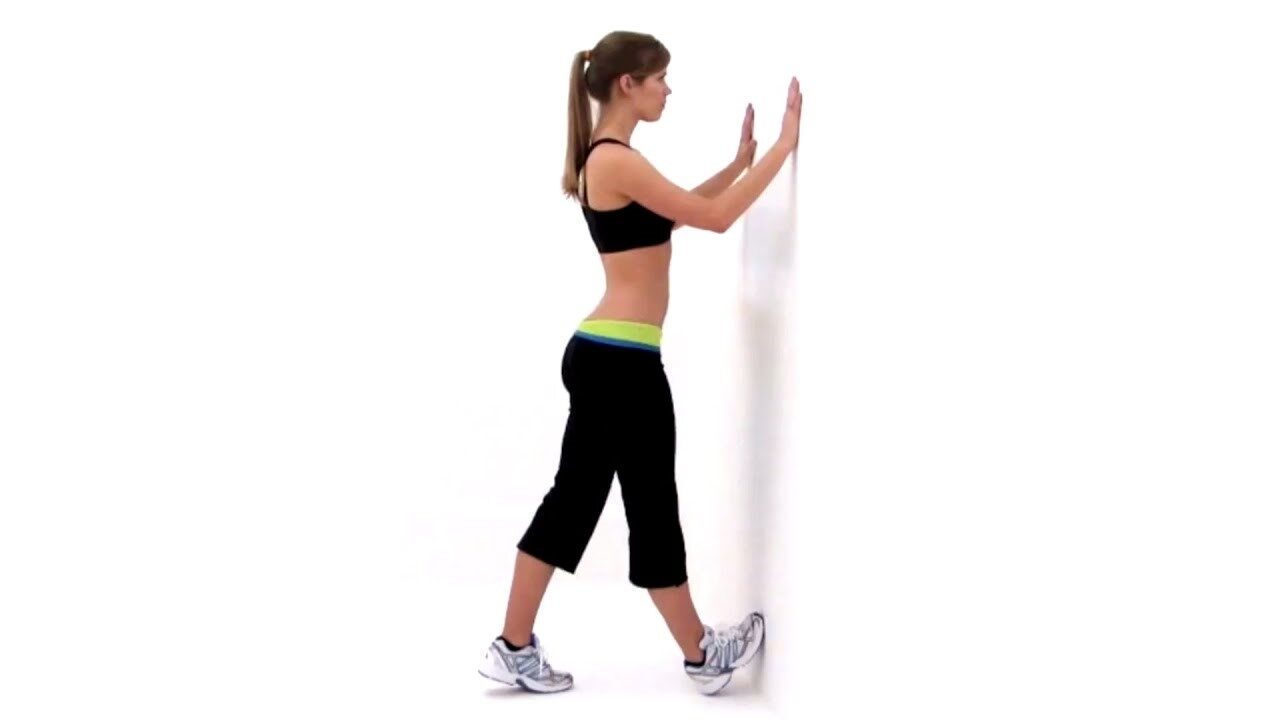
Stand facing a wall with your arms extended forward at chest height with your palms touching the wall. Move your right leg forward and flex your knee and stretch the left leg behind. Lean forward but don’t bend your knees or waist. Hold for ten seconds and relax. Repeat with the other leg. This exercise will stimulate your calf muscles, thus easing muscle functioning.
B. Towel stretch:
First, lie down on your back. Roll a towel and place it under the ball of one foot. Hold the ends of a towel straight. Lift your knee upwards without bending it till you feel a pressure at the back of your leg. Hold for 5-6 seconds and gently lower your leg.
C. Seated calf stretches:
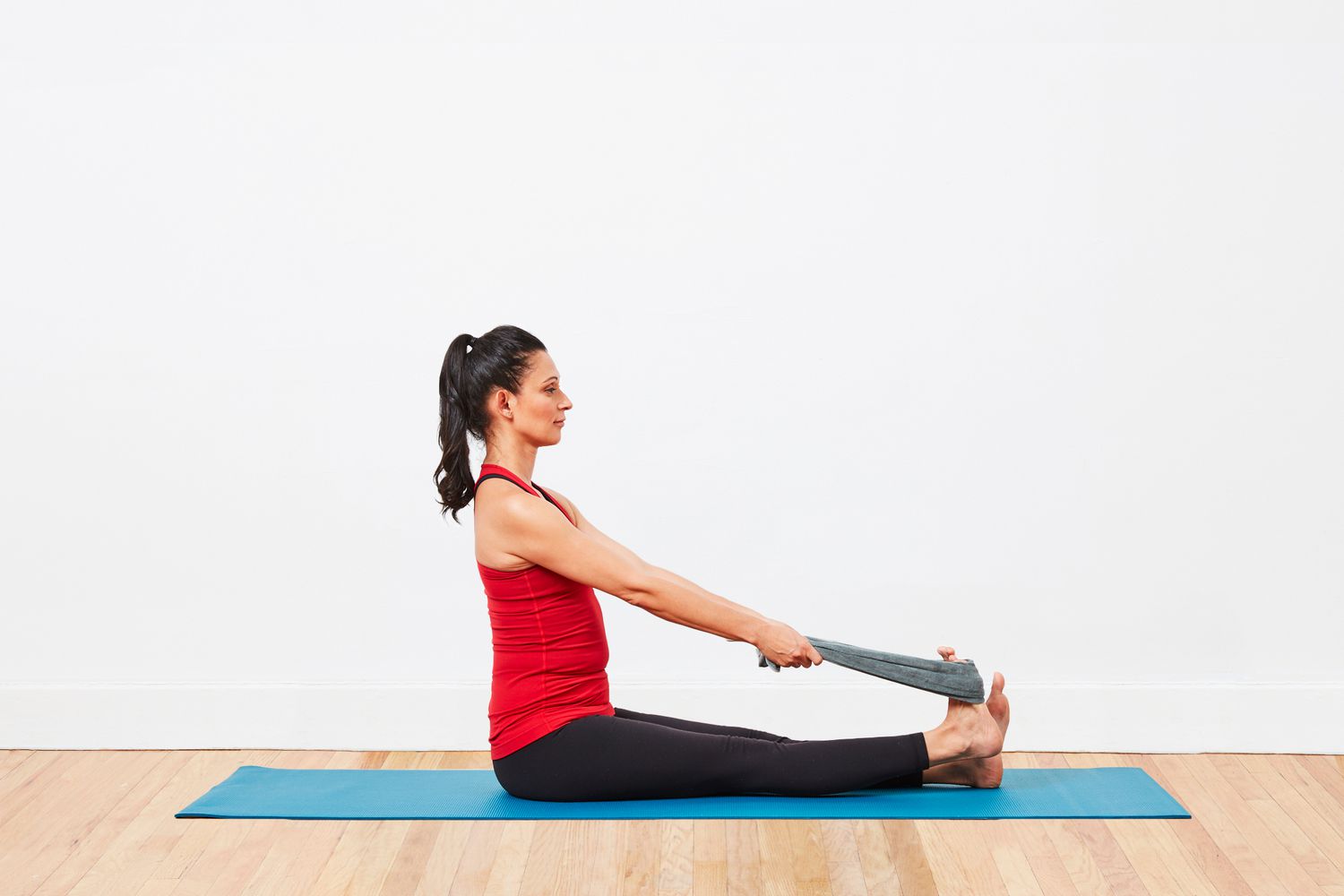
Sit on the floor with your legs extended in front of you. Keep your back erect and bend at the hips. Try to touch your toes or ankles. Hold the position for 5-7 seconds, then slowly come back up. Make sure to keep your knees and back straight all the while.
Also Read: Yoga Poses for Beginners
3. Massage
Along with stretching, massaging the aching muscle also helps soothe it. Gently massage the muscle with the palm of your hand, in a circular motion. A deep tissue massage will also help reduce the cramps and loosen the muscles. If you have chronic leg cramps, regular Ayurvedic massage sessions can help relieve it.
4. Acupressure
Acupressure is an ancient Chinese medicine used to treat many disorders, like arthritis, respiratory problems, and muscle problems. In this practice, the focus is on the pain points of your body and applying pressure to those points.
The practitioner will ask you several questions about your medical history and family history since this treatment aims at eliminating the cause of your problem to treat the problem. You can practice acupressure by yourself once you know the exact pain points for your illness. For leg cramps, the point between your nose and lip, on the upper lip is most effective, also called the Governing Vessel 26.
Cure 3: Essential oils for Leg Cramps
Essential oils are known for having a calming effect on the body and mind. And massaging essential oils on the leg can also improve blood circulation and reduce muscle cramps.
1. Eucalyptus oil:
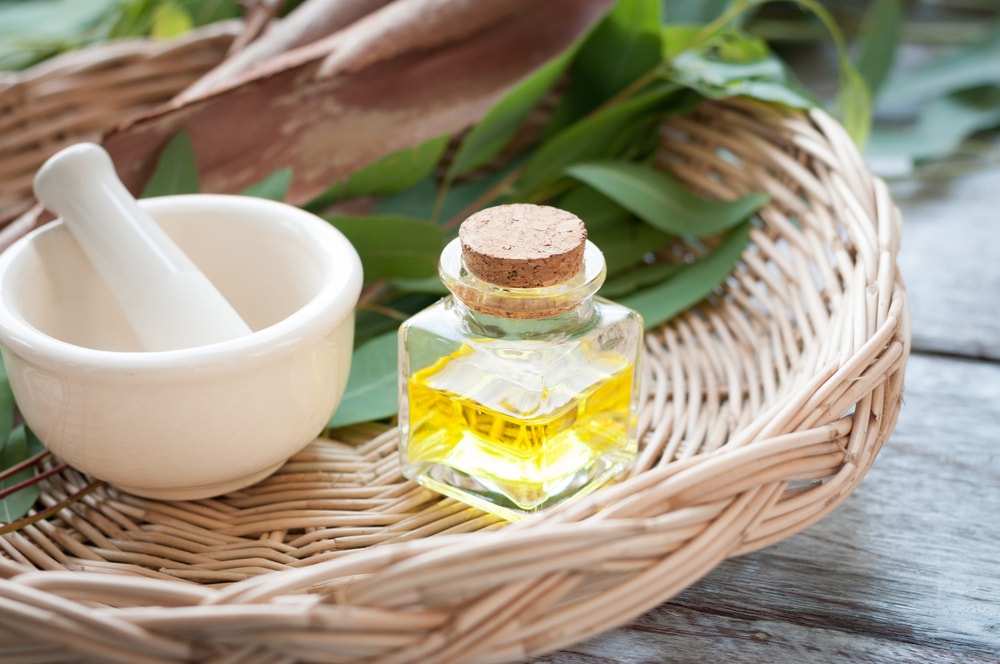
This oil is derived from the native Australian eucalyptus tree. It contains antispasmodic and anti-inflammatory properties. Take a few drops of this oil and massage it onto the spasming area for instant relief.
2. Peppermint oil:
This oil has always been associated with respiratory problems, but it also has the ability to relax your muscles and reduce pain. Peppermint oil is potent, so mix it with a carrier oil like coconut or jojoba oil before massaging it on the affected area.
3. Lavender oil:
This oil is known to have a soothing effect on your body and mind. This is also a gentle oil, so you can safely apply it even if you have sensitive skin.
4. Thyme oil:
Thyme has a load of medicinal uses, like digestive and respiratory aid or reducing pain. But, it is also a potent oil so dilute it with coconut oil before using it. Those with sensitive skin, such as pregnant women should altogether avoid it.
Cure 4: Supplements For Leg Cramps
A deficiency in vitamins, electrolytes and minerals can cause muscle cramps, so if you have a deficiency in any of these, supplements can help you overcome it.
Magnesium, one of the electrolytes your body needs, can be found in foods like spinach, dark chocolate, avocado, etc. If you cannot consume enough of these foods, try taking supplements for magnesium to help reduce cramps. The recommended daily intake of magnesium for adults is 310-420 mg.
B vitamin deficiency is also a cause for leg cramps. This is a common deficiency, and can easily be overcome by eating the right foods. Eggs, whole grains, beans, leafy greens are some foods rich in Vitamin B. The recommended intake for B12 is 2.4 mcg, but you can take higher quantities. Your body will only keep the required amount and flush out the rest.
1. Cayenne Pepper
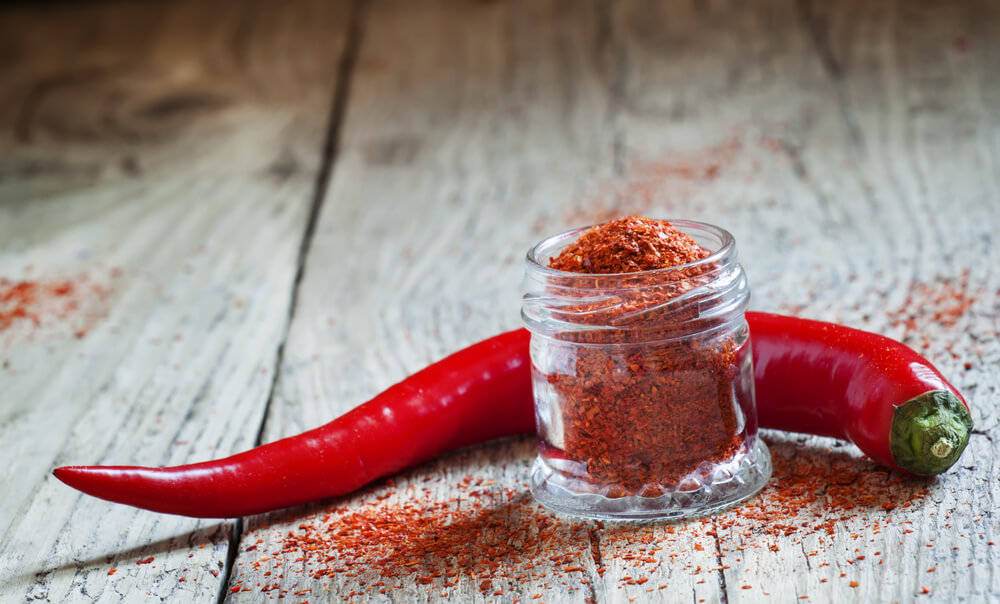
Capsaicin is a muscle relaxant that is found in cayenne pepper. This nutrient is taken by many athletes to prevent leg cramps. It is also recommended for those who have fibromyalgia or rheumatoid arthritis. Cayenne pepper is available as a capsule as well as cream, which you can apply to the affected muscles.
Did You Know!
| A B vitamin deficiency is the most common reason for muscle cramps. They are also a side-effect of many medications. |
Tips to Prevent Leg Cramps
Leg cramps occur when your thigh or calf muscles get stiff and can’t relax. This problem gets more common with age. But, it is also preventable if you make healthy choices. Here are the ways you can prevent cramps.
1. Stay hydrated
Dehydration is the primary reason for muscle cramps. When you are dehydrated, your muscles cannot contract right, which causes cramps. Make it a point to drink at least 8-10 glasses of water daily.
2. Take Proper Nutrition
Electrolytes are essential for the proper functioning of the muscles. Calcium, sodium, potassium, and magnesium together make electrolytes. A deficiency in electrolytes can also cause cramps. If you do have this deficiency, consult your doctor to get the right supplements for you. Taking too many supplements can also be harmful.
3. Wear the Right Shoes
Not wearing the right shoes can also cause cramps. For instance, switching from flats to heels or vice versa can change the calf muscle movement, which causes cramps. Also, for runners, wearing too tight or loose shoes can cause leg cramps.
4. Poor Circulation Can Cause Cramps
When blood doesn’t flow correctly to all parts of your body, it could lead to muscle spasms. This cramping can get worse when you walk or do any physical activity. Your doctor can be your best guide for how to overcome the circulation problem.
5. Avoid Alcohol Consumption
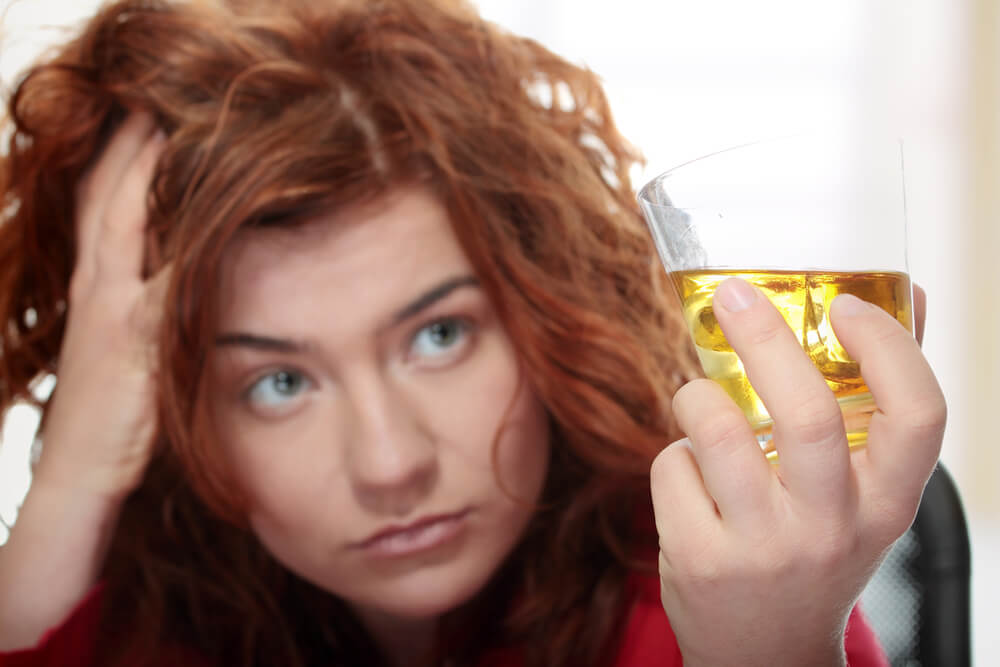
Alcohol causes lactic acid buildup in your muscles, which is the same acid that forms after an intense workout. This causes leg cramps. Alcohol also causes dehydration, another reason for muscle cramps.
Did You Know!
| Electrolyte repletion is recommended for runners to maintain the balance of electrolytes and prevent cramps. |
A muscle cramp doesn’t last for more than 9 minutes most times, though you may experience tenderness in the area for 24 hours after, according to a research by American Family Physician(4). When it comes to how to avoid leg cramps, the best thing you can do is drink a glass of water before and after a rigorous workout to prevent dehydration. Leg cramps at night are also common, and a stretching exercise before you go to bed can help to avoid it.
Also Read: Suffering from Cramps? Here’s What You Can Do to Reduce the Pain
FAQs
1. What to do for leg cramps?
The quickest leg cramp relief is to massage the area and stretch the cramped muscle.
2. What to take for leg cramps?
A leg cramp can generally go away on its own after a few minutes, but if it doesn’t, it’s best to consult a doctor. A vitamin supplement can help relieve leg cramps. Getting proper hydration also helps.
3. What is good for leg cramps?
Massaging the muscle with an essential oil like Eucalyptus oil will help relieve the pain.
4. How to make leg cramps go away?
Stretching exercises and adequate hydration can help relieve constant leg cramps. Applying heat or cold to the muscle will also help reduce the pain.

